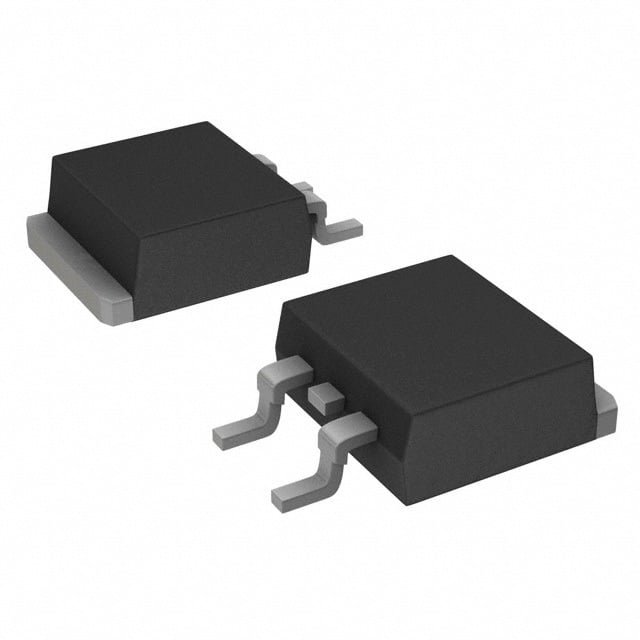Sensors for Smart City Traffic Drones: Congestion Analysis and Reporting
In this article, we delve into the critical role of sensors in enabling smart city traffic drones to analyze and report congestion effectively. We explore the cutting-edge technologies and data analytics that empower these drones to optimize traffic flow, enhance public safety, and improve urban mobility.

Smart city initiatives are revolutionizing urban transportation systems, with drones emerging as key players in monitoring and managing traffic congestion. These drones rely on a sophisticated array of sensors to collect real-time data on road conditions, vehicle movements, and congestion patterns.
The sensors integrated into traffic drones include cameras, LiDAR (Light Detection and Ranging) sensors, GPS modules, and microphones. These sensors work in tandem to capture a comprehensive view of the traffic landscape, enabling drones to identify congested areas, traffic accidents, and road obstructions.
By leveraging advanced data analytics and artificial intelligence algorithms, traffic drones can process the sensor data in real-time to generate actionable insights. These insights are crucial for traffic management authorities to make informed decisions, such as adjusting signal timings, rerouting vehicles, or dispatching emergency services.
One of the key advantages of using traffic drones with sensors is their ability to access hard-to-reach or hazardous areas quickly and safely. In situations where sending human personnel may be risky or impractical, drones equipped with sensors can provide valuable information without endangering lives.
Furthermore, the data collected by traffic drones can be used to improve long-term traffic planning and infrastructure development. By analyzing historical traffic patterns and congestion trends, city planners can optimize road layouts, implement targeted interventions, and enhance overall traffic efficiency.


